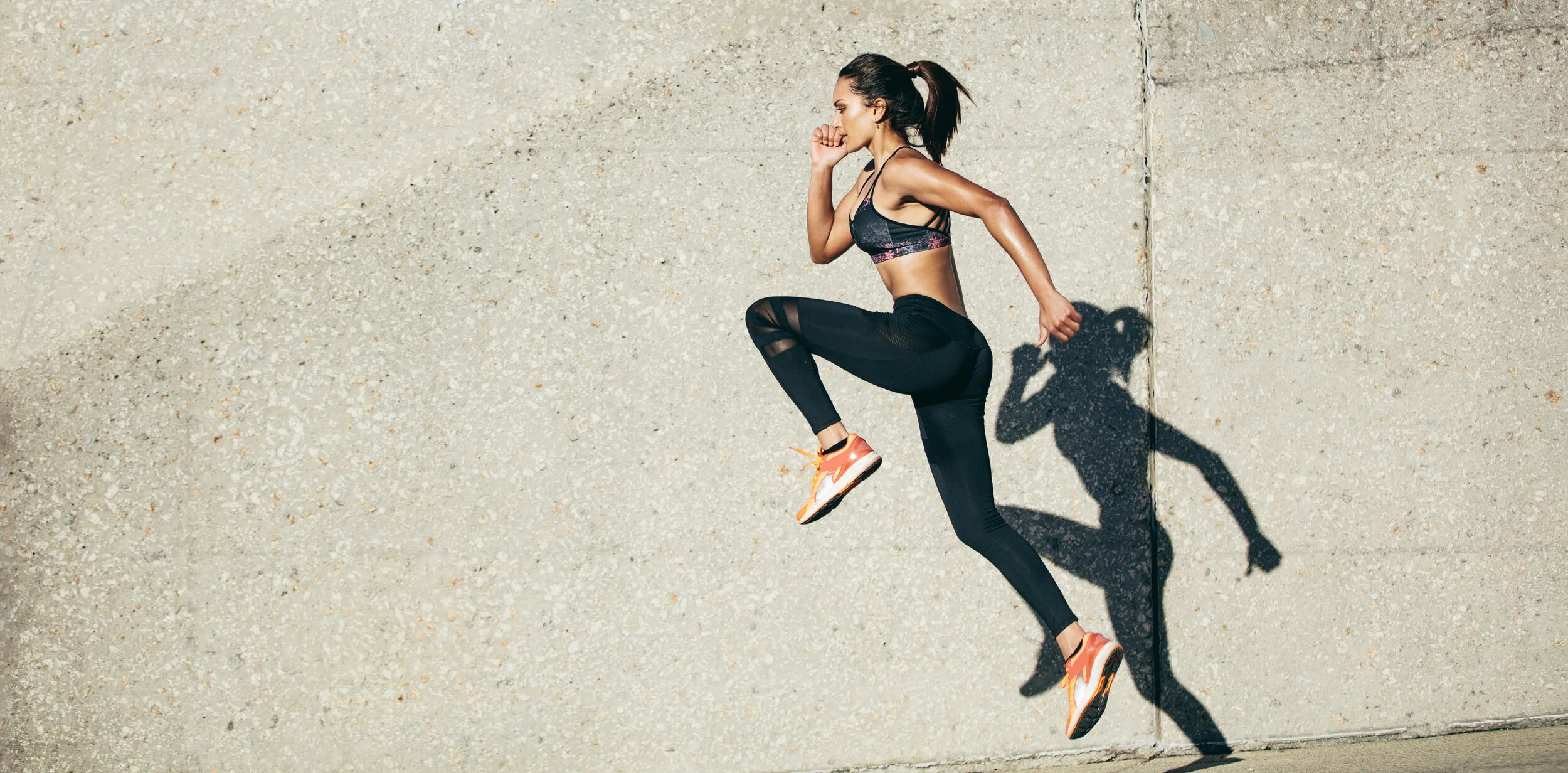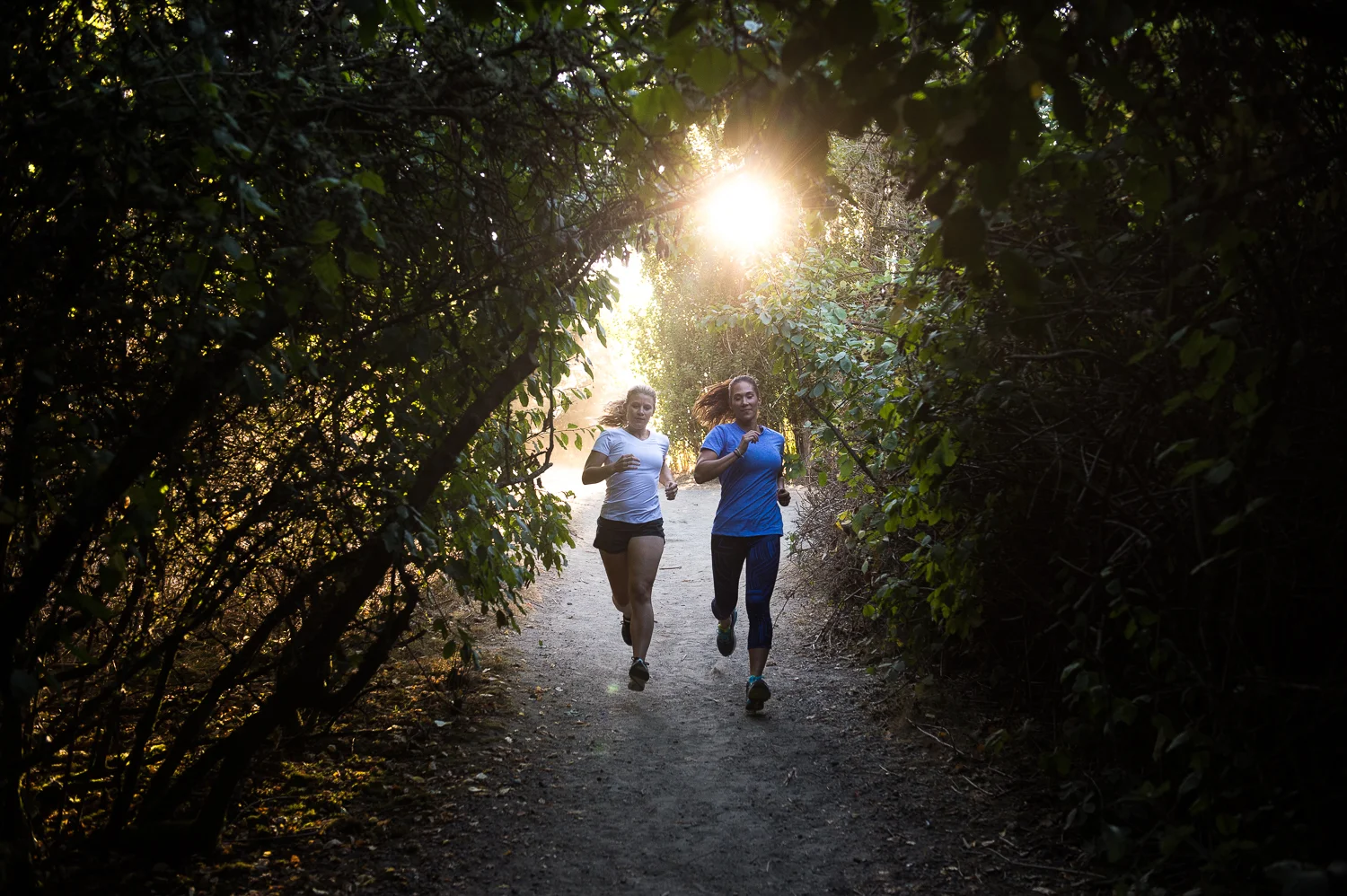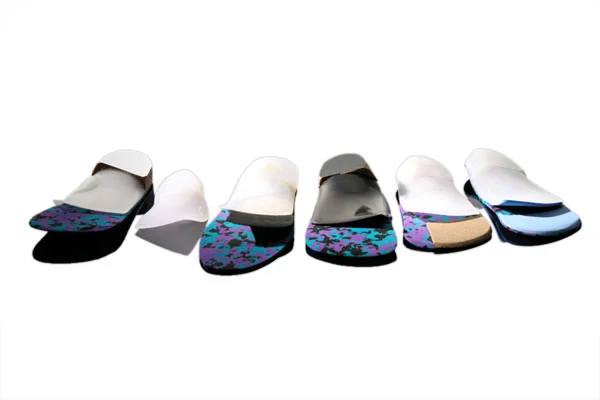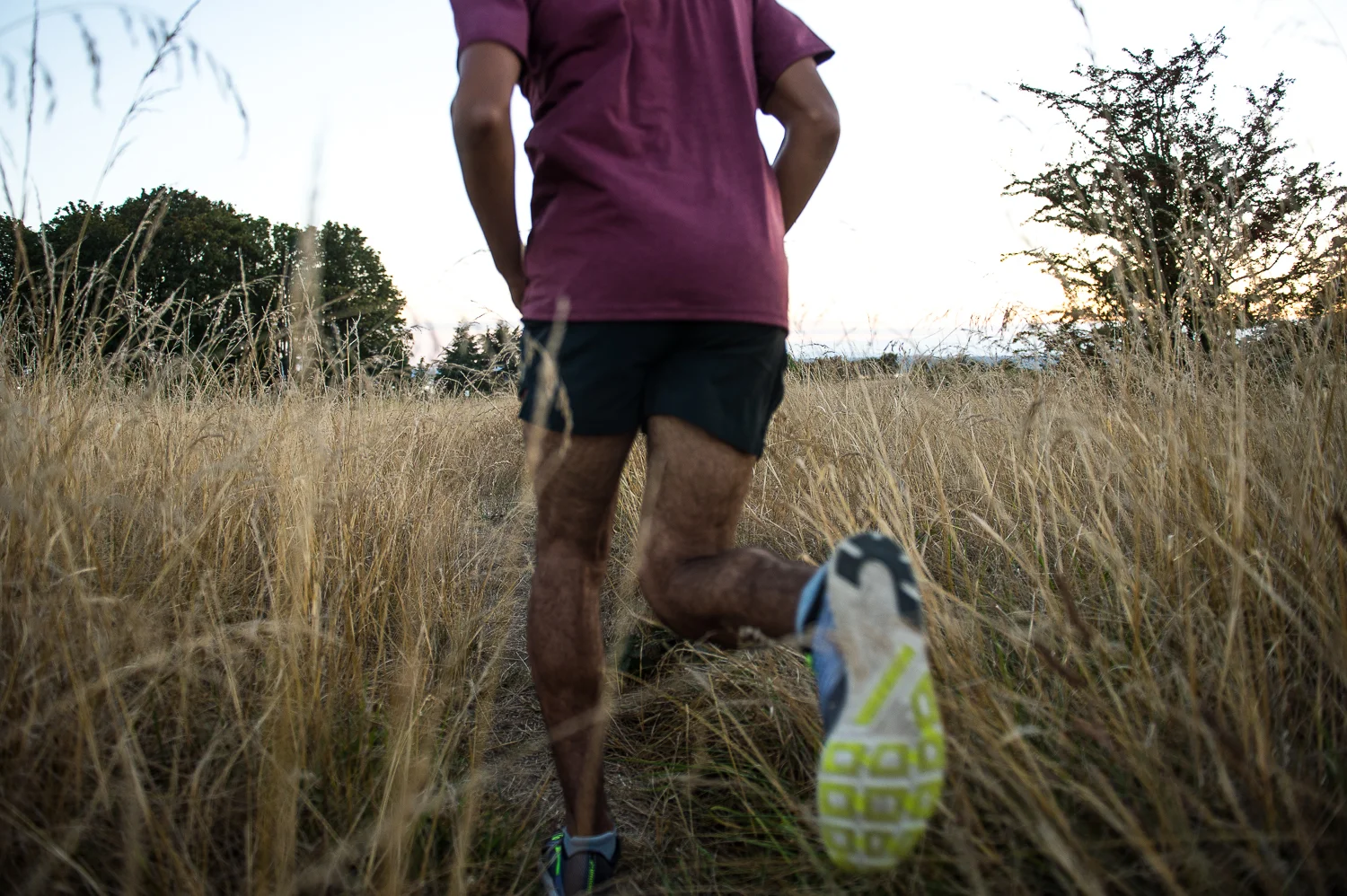“We encourage a slow integration of your new orthotic to allow for your muscles, tendons, and ligaments to adjust to the new device.”
HOW TO BReak in your Orthotics
What Do I do Now that I have my custom orthotics?
Thanks for coming in for your custom orthotic fitting appointment. Just to review some of the items to think about and expect with the new device no under your feet.
Remember it will be an adjustment period as you begin wearing the new orthotics. Another reminder to email me at about the 7 day mark for a quick check in. There are about 10-15% of orthotics that may need to be adjusted after fabrication and fitting. I typically try not to make any major adjustments to the device at the fitting appointment as your feet will normally adjust to the new posture over the course of 7-14 days.
The new orthotic should feel “odd” to begin with
Your muscles, tendons, and ligaments are adjusting to the new device
The orthotic will also feel different in each shoe that you wear it in depending on the shoes arch, flexibility, depth, type, and age
We recommend adding +30min-1hr additional wear each day
This includes driving, walking, standing, and sitting
Example if you are fit on Sunday (wear for 1 hour), Monday wear for 1.5-2 hours, Tuesday wear for 2.5-3 hours….
If you are working from home or at home please find a clean shoe you can wear in the house to fulfill the break in hours
Before your run or hike please observe the following:
Wear should be up to 8 hours a day prior to recreation or sports
Native insert (that comes in the shoe should always be taken out unless advised by PT otherwise)
Reduce your mileage by about 50% from the previous workout that was without the new orthotic
Example: if you were currently running 3 miles per workout you would run 1.5 miles with the new orthotic for the first workout and then add about 10% per run/hike there after
Why: This will prevent blistering and allow your posture to accommodate the new position





